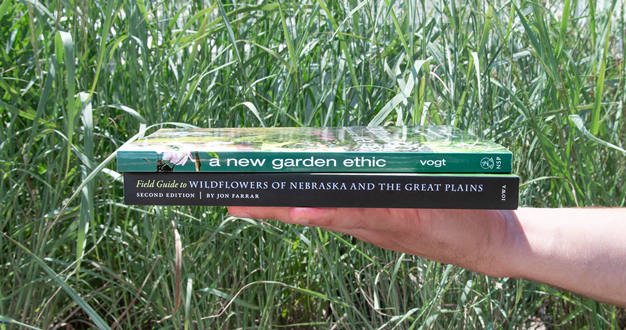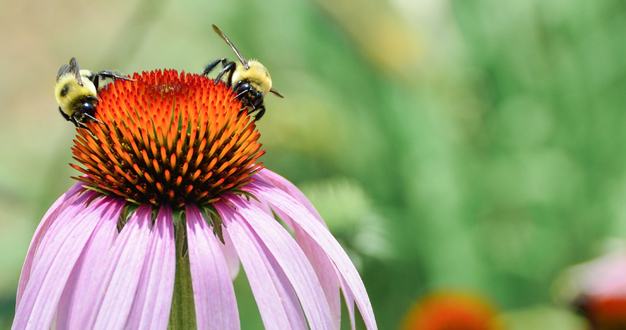
Where there are plants, there are bugs – it’s the natural way of things. Most insects play a valuable role in our gardens and may go largely unnoticed. But others can cause significant damage to our plants.
How can we control these damaging pests while protecting all the helpful ones who pollinate flowers, feed birds, help control other insects, or turn into beautiful butterflies? Plants are the basis of a dynamic natural system, and when we learn to work as partners within this system, we can care for our plants with a positive – or at least neutral – impact on the environment and our own health. Here we share some of our best tips to deal with insect pests – for both your garden and houseplants – in a more earth- and health-friendly way.
Scouting – Catch Them Early
One of the best practices for success is to catch the problem early. Start by getting in the habit of regularly visiting your plants and quickly scanning for signs of an infestation. Look for new damage, such as speckling or holes in the leaves, and insects that could injure your plant. A pest that’s caught early is typically much easier to control with a non-chemical approach.
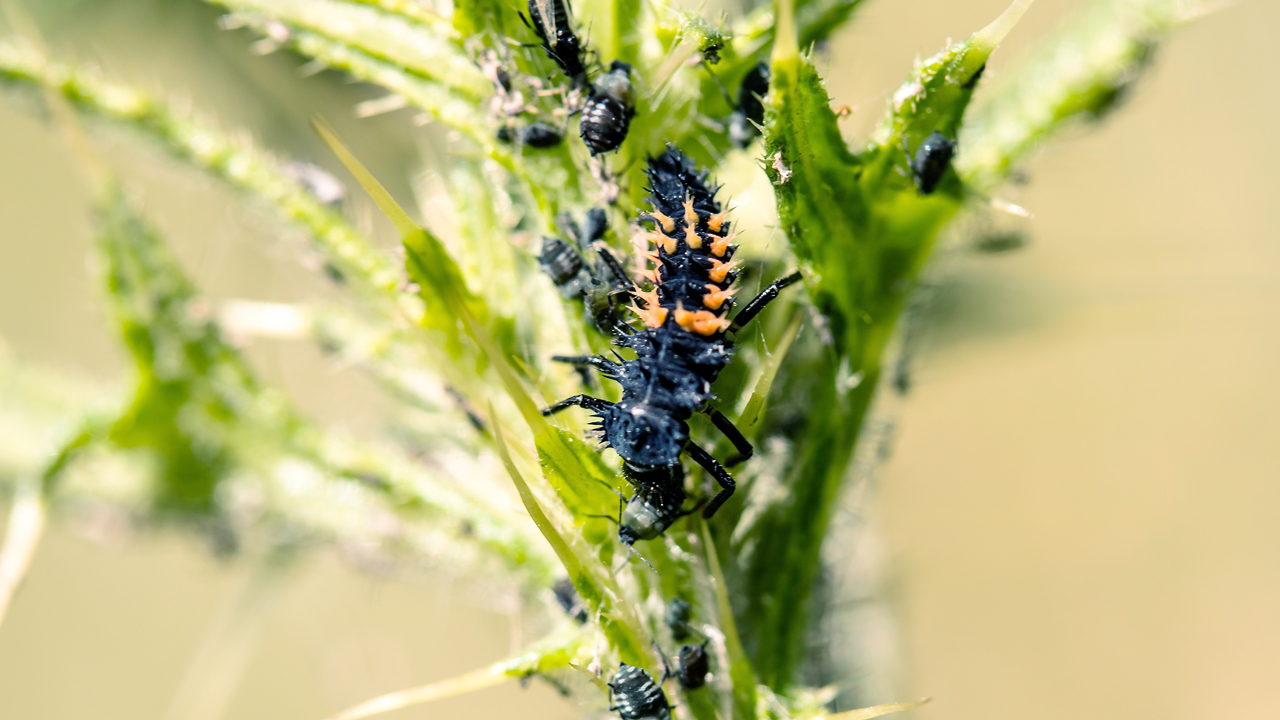
Identification – Determine Whether It’s a Friend or Foe
Before you take any action, you’ll need to know what the insect is and whether it’s helpful or harmful. Some beneficial insects can be alarming. For instance, you might not recognize the larval form of a lady beetle, resembling a tiny orange and black alligator, but it devours aphids by the dozens. And to some gardeners, an assassin bug might look intimidating, but it’s solidly on your team against pests like Japanese beetle.
Even for destructive insect pests, you’ll need to know what it is so you can pick the most specific, effective, and earth-friendly method of control. If you need help identifying it, feel free to give us a call, shoot us a message, or stop in to talk with our Plant Care team. Bring in a sample in a sealed, plastic bag or send us some photos. We’d be glad to help.
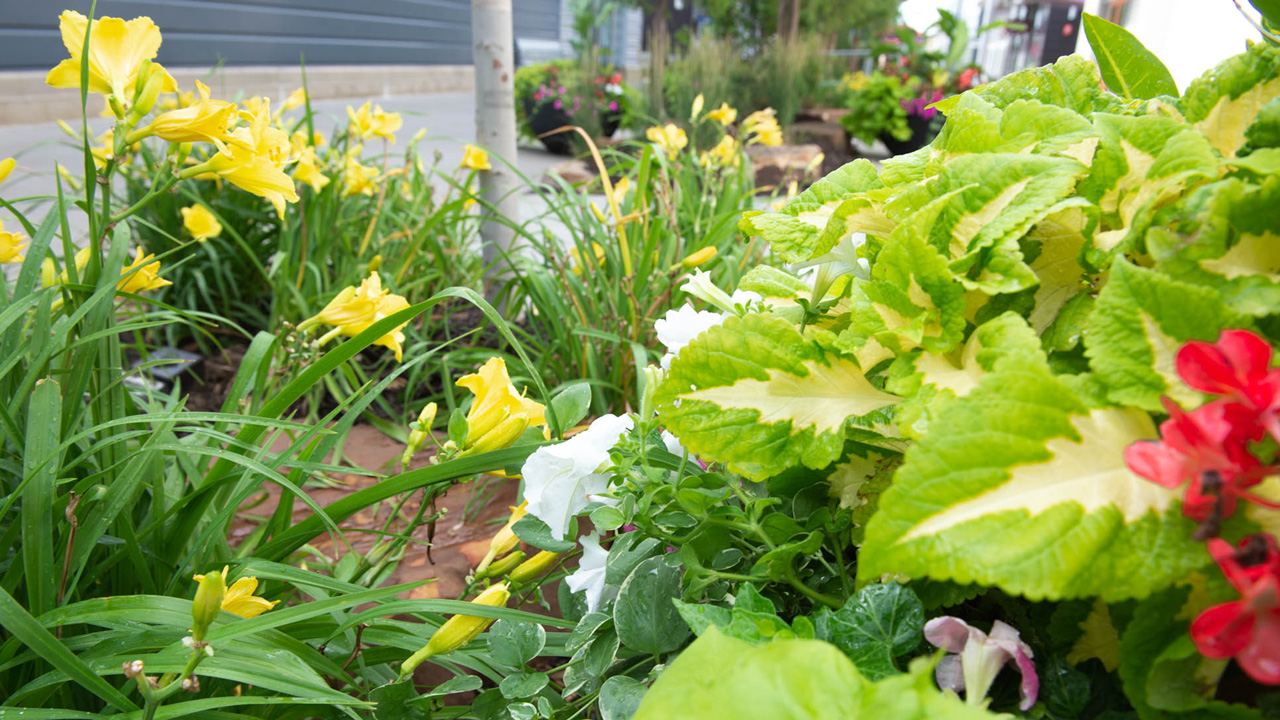
Cultural Control – Help Your Plants Help Themselves
A critical tactic is to give your plants all the resources and support they need to control pests on their own. Bug populations have a hard time growing to damaging levels on a strong, healthy plant that’s thriving in its preferred light, soil moisture, and climate. In contrast, plants that struggle under subpar conditions are weaker and less prepared to fend off attackers – and that gives bugs a chance to reproduce quickly.
Right from the start, choose plants that enjoy the conditions you already have around your home. You can also look for specific cultivars that are more resistant to common pests too. And it’s always a good idea to avoid practices that promote issues for your plants. For instance, overwatering and poor drainage can promote fungus gnats in houseplants, and planting roses too close together can encourage powdery mildew on the foliage, which can weaken the plant’s natural defenses.
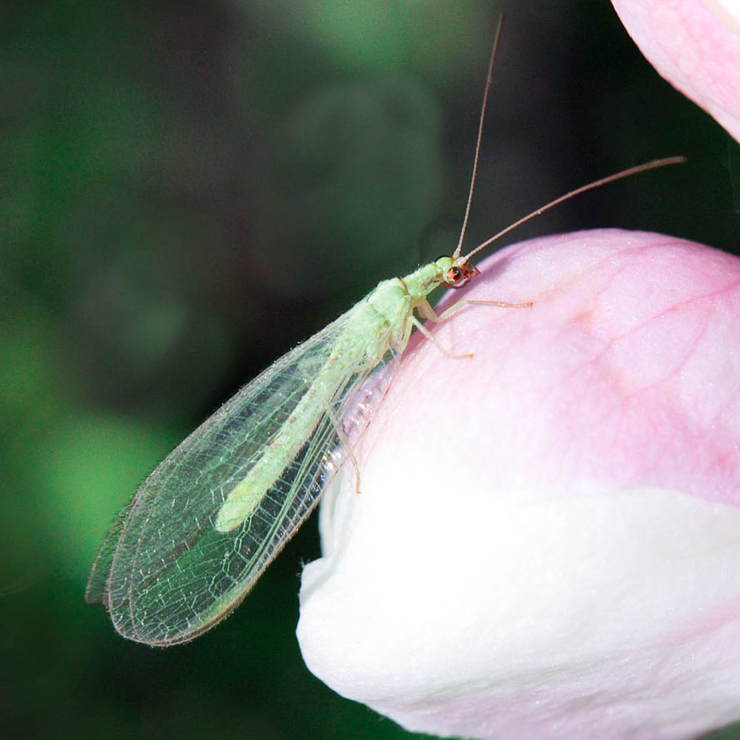
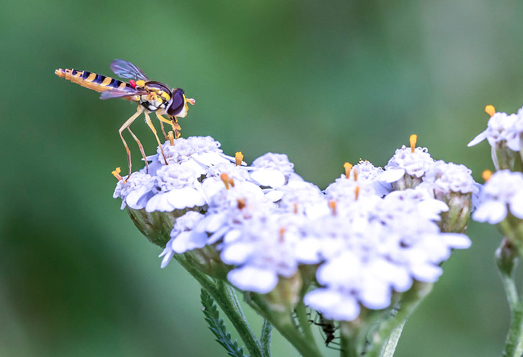
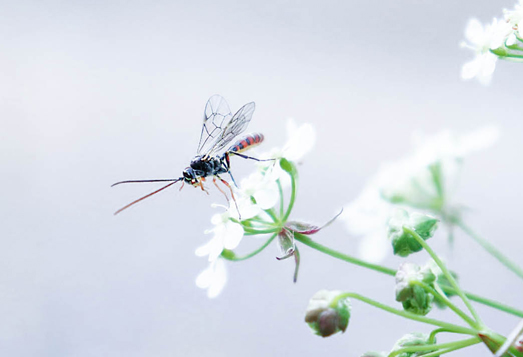
Recruitment – Build a Team of Allies
Not all insects are there to eat plants – some perform important garden-friendly services, including pest control. These include beetles, lacewings, flies, wasps, and many others, as well as spiders. For many of these insects, it’s the immature larvae that do most of the pest control while the adults act as pollinators, visiting blooms in search of nectar and pollen. These floral resources can both extend the life of the adults, allowing them to lay more eggs, as well as increase their number of offspring – meaning even more benefit to your garden.
You can build an inviting pollinator garden to support these allies by choosing a wide variety of flowering plants with a steady supply of blooms throughout the season. And a diverse garden not only attracts a greater diversity of beneficial insects, but the mix of scents can even distract and confuse insect pests looking for their favorite meal.
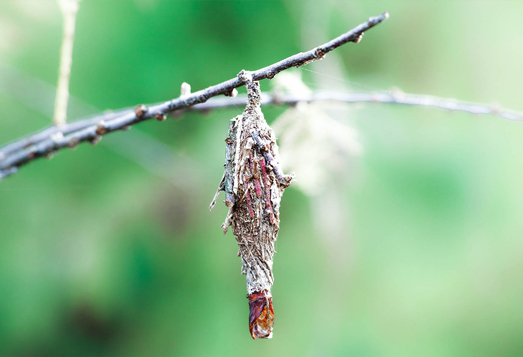
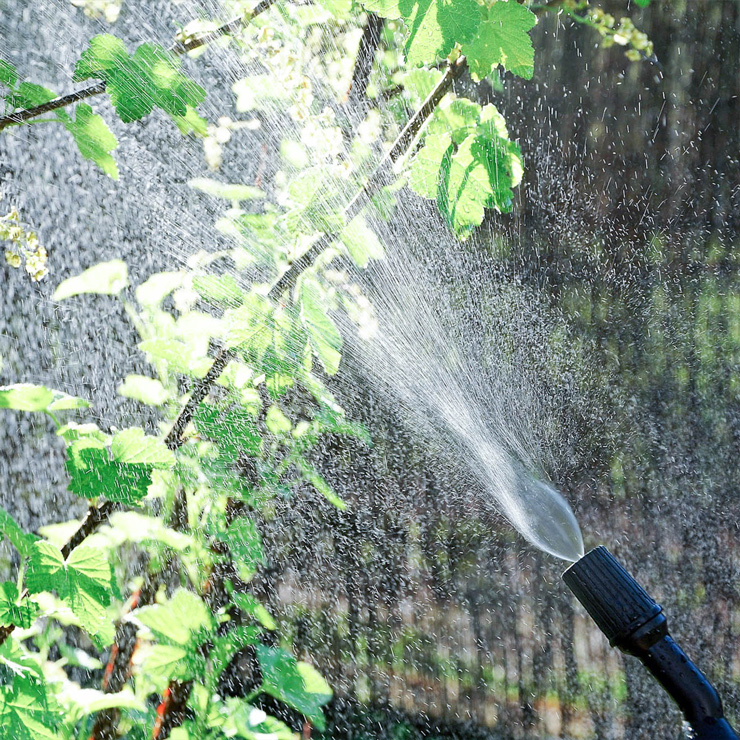
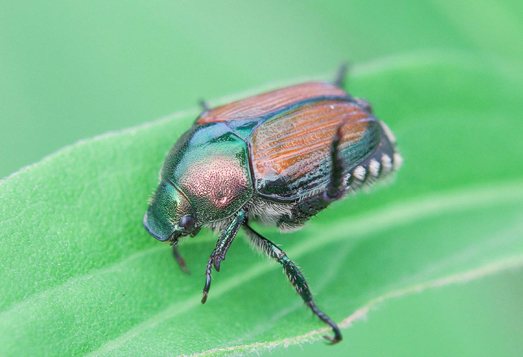
Mechanical Control – Just Pick Them Off
Sometimes pest control is as simple as physically removing the pests by hand – especially when they’re large in size and small in number. This is when regular scouting helps too. Pests like Japanese beetles and geranium budworm can be dropped into a bucket of soapy water – evening is the best time to look for both of these pests. Bagworm is another common pest that can be easily removed any time before egg-hatch in late June to prevent their spread.
If the bugs are tiny and numerous – like white flies or aphids – sometimes a firm blast of water on the foliage a few times a week is all it takes to keep populations at manageable levels. If this is your control method, be sure to spray the plants early in the morning to give the foliage plenty of time to dry before nightfall when damp leaves can bring on fungal issues. Indoors, sticky traps are a great way to capture fungus gnats, and wiping the foliage with diluted isopropyl alcohol will help get rid of mealybugs and scale insects on your houseplants too.
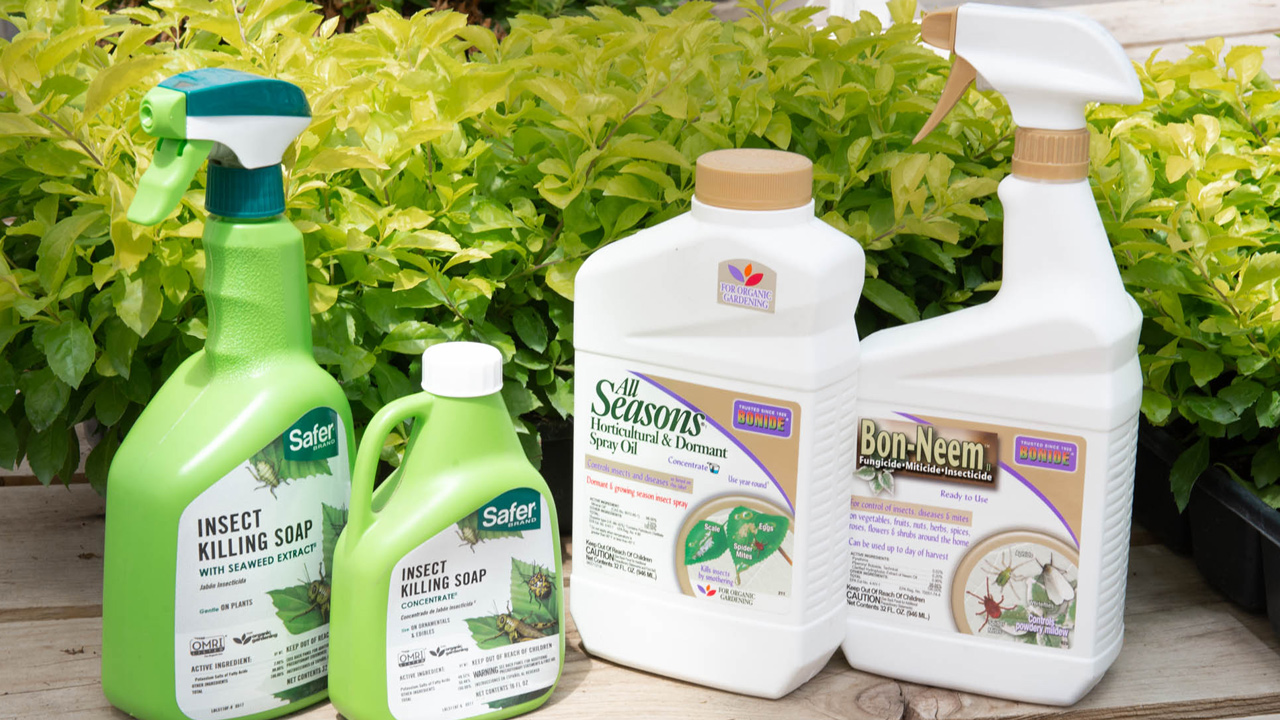
A Last Resort – Choose Pesticides Carefully
If you use the methods described above, you should already notice a significant decrease in the number of insect pests you have to deal with. But problems can still come up – and at times you may need a pesticide to help you out.
Thankfully, there are alternatives to conventional pesticides that you can try first. These include neem oil, pyrethrin, insecticidal soap, and horticultural oil, among others. But keep in mind that even products listed as ‘organic,’ ‘earth-friendly,’ or ‘biorational,’ usually carry some safety risks too, so always read and follow all label directions. If you’re not sure which one to choose, just ask. If a pesticide is the way to go, we’re happy to help you find the one that’s most effective and safest for your home and garden.


